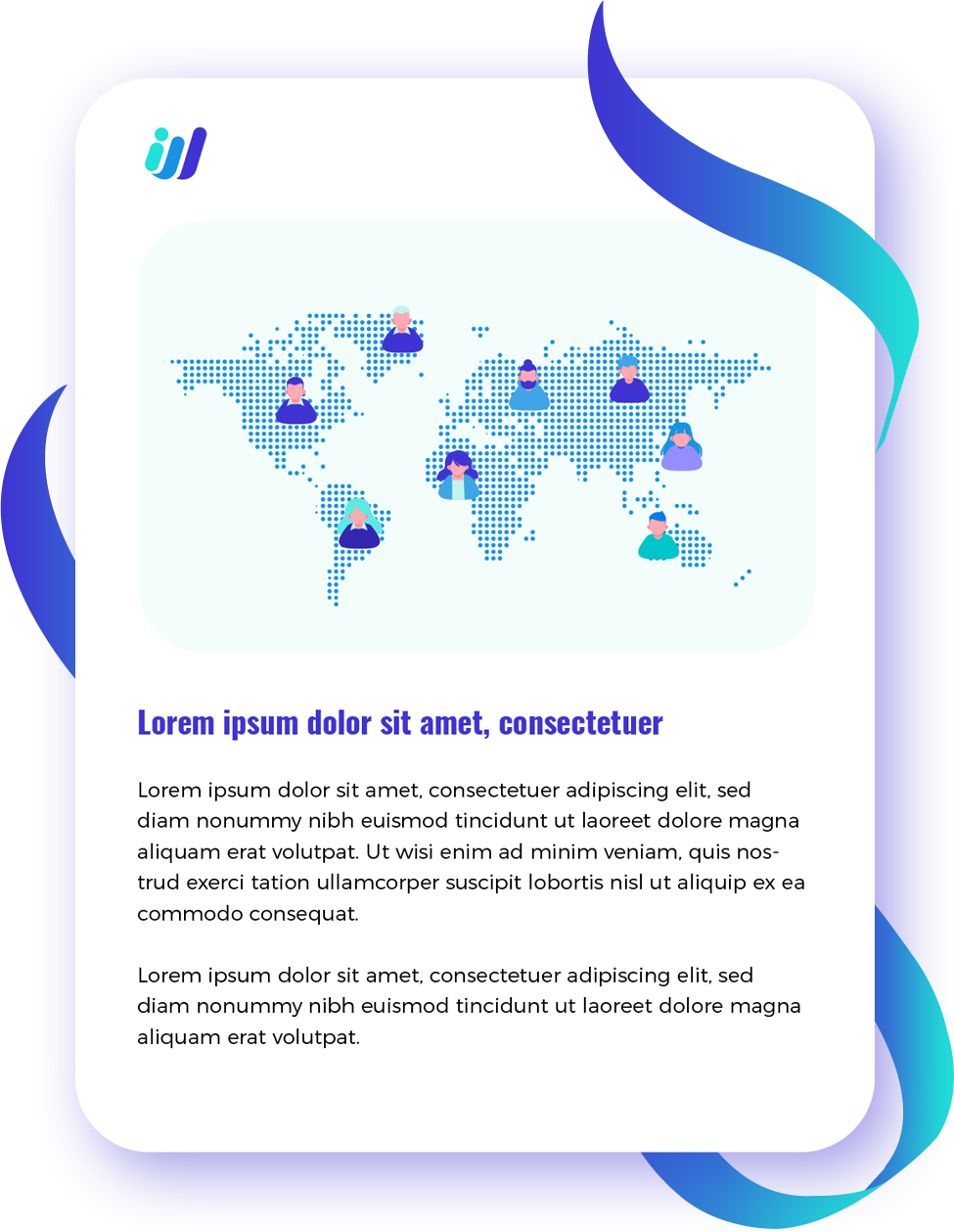Many organizations lack a standardized or analytical method on how to recognize top talent. Appraisal processes and performance management are focused solely on ad-hoc observations or on the instincts of hiring personnel. However, there are tools and approaches which can help to identify high potential employees.
The question everyone wants answered is, “How do you accurately recognize top talent?”
- Develop a Global Recruiting Strategy
Understand the reasons why you need top talents for your global team and how you’re going to hire them. Once you have a clear picture of your business objectives and expected outcomes, you can successfully create a job description and start sourcing candidates in target markets.
2. Conduct Market Research
It is crucial to understand and comply with varying labor laws, data privacy regulations, and economic profiles of countries where you’re recruiting top talents from. These legal and economic factors might impact recruiting efforts once you commit to expanding into a specific region. Ask these questions before you start recruiting:
- What does the talent pool for the country in which I want to hire look like for the specific roles I have open?
- Is the economic outlook growing or stagnant?
- Are there any major political events on the horizon that could change the market?
- Is it possible for this talent pool to help in maintaining a successful balance between global business goals with local values?
- Are there extreme cultural differences that might cause friction and/or obstacles between our headquarters location and the new market?
3. Have a well-defined EVP
A smart and accurate employee value proposition (EVP) is essential. It should impart a greater purpose-driven vision, mission, and strategy that sets your organization apart from competition within the industry. Give a detailed overview of why we are all here, where we want to go, how we will get there together, and the benefits employees get by going on that journey with us.
4. Seek Out Diverse Candidates
A diverse workforce – composed of specialists and professionals from different countries, cultures and backgrounds – can help the company gain new perspectives and develop better solutions to business challenges. “Top talents with diverse skillset and experience could ultimately be the difference between missing or exceeding your business goals,” says Crystal Williams, an expert from Forbes Human Resources Council.
5. Focus on the Right Traits
Don’t obsess too much on the candidates’ past performances. While hard skills and technical expertise are top criteria if they’re right for the job, don’t forget to evaluate their soft skills, such as emotional intelligence, drive, and learnability. They are the foundational traits that determine new skill and knowledge acquisition with the rise of AI, IoT, and many other technological innovations.
6. Evaluate Your Candidates
Once it is time to start interviewing potential candidates, ask the following questions to critically evaluate specific skillset and company culture fit:
- What does the full interview process look like?
- What tools or technology do I need to complete the process?
- What assessment tools do I need to properly evaluate the candidate’s skillset?
Finding the perfect candidate is only half of the battle. The key to securing top talent is crafting an offer they’re happy to accept.
7. Make a Competitive Offer
Do not miss out on top talent because another company offered better benefits. Ask the following questions ahead of extending an employment offer:
- What is the salary/hourly wage expectations for this specific market and position?
- What benefits do employees expect in this specific market? What is legally required?
- Are there creative benefits and perks packages within our organization that can win over top talents?
8. Compliantly Hire Candidates
Once a candidate accepts, make sure your hiring agreement follows the labor laws in their country. Classifications typically include a regular, full-time employee, part-time employee, or an independent contractor. If the worker is as an independent contractor, be aware of the misclassification risks so you don’t have to face massive fines for noncompliance.
9. Customize Employment Offers for Remote Workers
Successful navigation of business in the new normal offering meaningful benefits that will attract and retain the best workers in their fields.
“Competitive businesses need to re-create the benefits packages that have been touted for on-site employees for so long,” says Laura Spawn, Virtual Vocations, Inc. “It is high time to offer significant remote benefits packages that include such things as stipends or reimbursements for local co-working spaces, online health memberships and coffee perks, and competitive pay based on where the employee is located—not the company headquarters.”
10. Be Data-Driven
During the hiring process, outline clear performance goals that can be easily evaluated by others. Talent identification is an ongoing process of trial and error, and the point is to reach more objective (and legally defensible) hiring decisions that make room for recruiting process improvements.
Personality Traits of High Potential Employees
- Conscientiousness – They are effective strategic planners, highly conscientious, and with objective-directed behavior.
- Adjustment – They can adapt quickly in stressful situations without difficulty, and they possess high tolerance and resilience amidst challenges.
- Curiosity – They are willing to consider new and creative ideas or working methods if these could add value to the business.
- Risk approach – They are proactive when it comes to solving problems, adaptable to change, and aren’t afraid to confront and solve difficult situations.
- Ambiguity acceptance – They are willing to listen to unpopular or differing opinions. They thrive in complex working environments, always seeking out further information.
- Competitiveness – They focus on the success of teams, the organization, and the business overall.
The Rising Cost of Global Talent
If cost reduction is your priority, you’ll never be able to scoop up top talent. And just because you’re looking outside the U.S. doesn’t mean you’ll be able to pay less for high potential candidates.
“The shortage of skilled labor in various regions of the world has pushed wages up to levels that sometimes exceed those in the U.S., says Lilac Nachum, an international business professor at Baruch College at the City University of New York.
“Finding experienced executives in Europe and Asia can also come with a big price tag, says Alex Khatuntsev, who works for Actelion Pharmaceuticals Ltd., a Swiss company. Such individuals are usually very well-compensated in their home markets.
Having a system in place to accurately identify high performing staff is key. But more importantly, find an outsourcing partner that can help you recognize and retain top talents that can be a perfect match for your organization. Whether you’re seeking to grow your customer retention, improve your KPIs, or meet the demands of a growing business, Third Wave Outsourcing is key to satisfy your clients and ensure customer success.
Want to learn more about Third Wave Outsourcing? Watch for the upcoming e-book on Third Wave Outsourcing. Sign up here to be notified when it is released and receive related news and updates!



